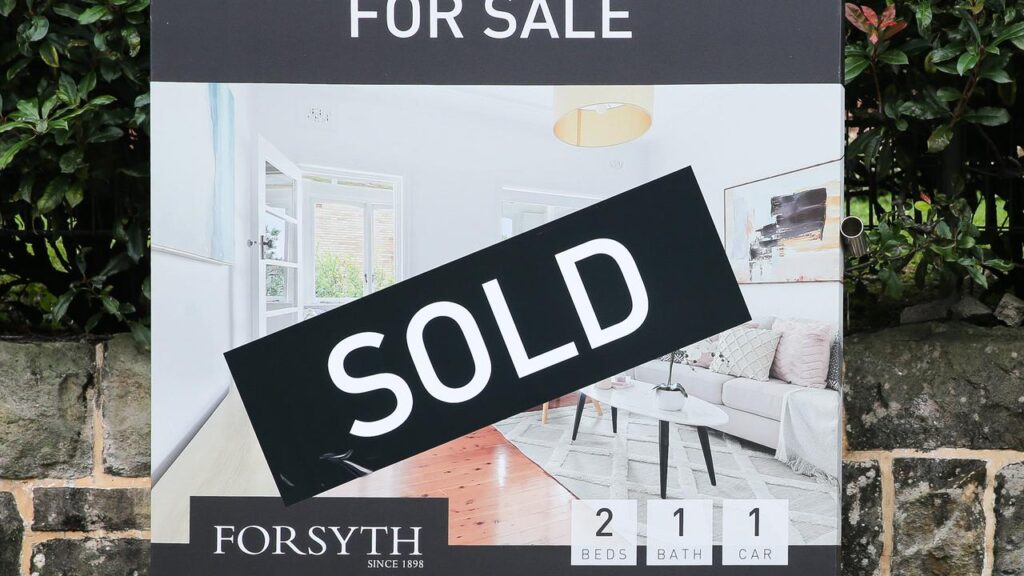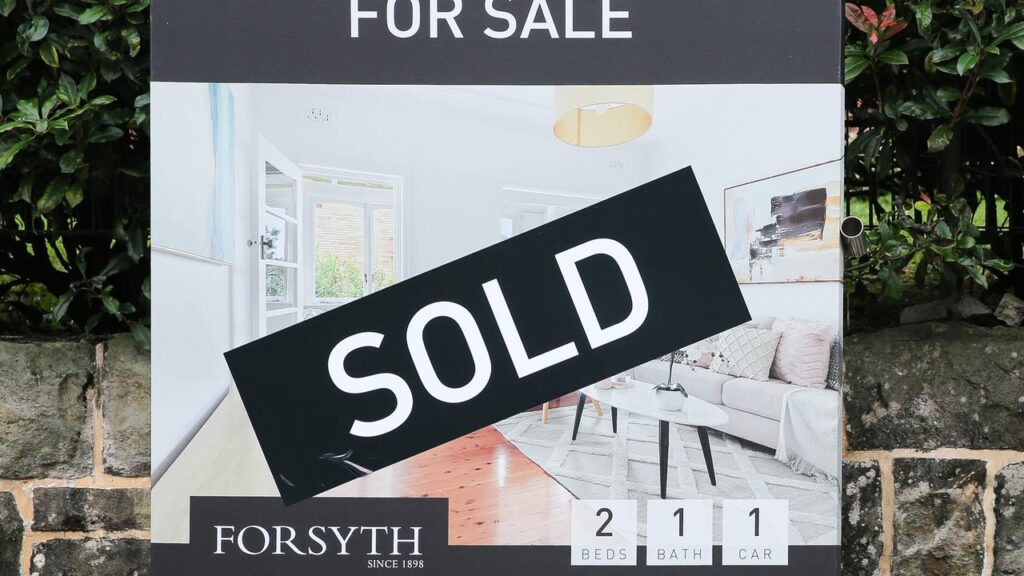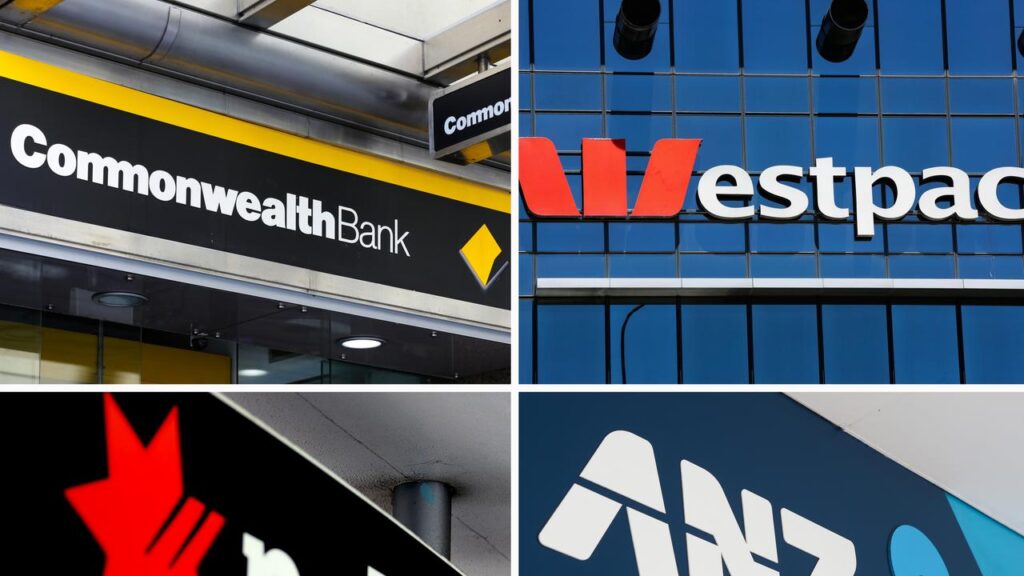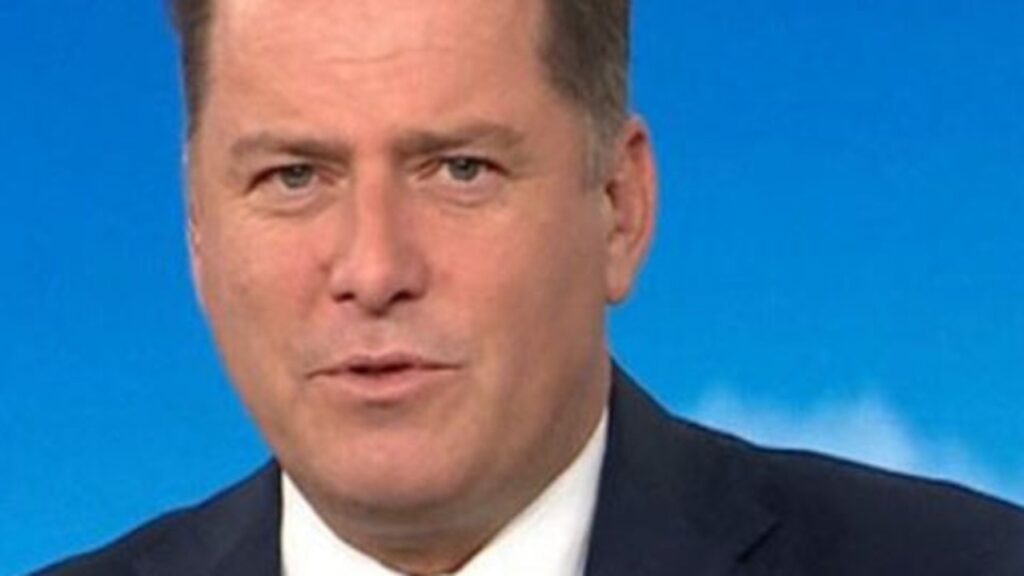More bad news for renters as national vacancy rate drops for third consecutive month
Written by admin on October 18, 2024
Australia’s rental crisis continues to deepen with the national vacancy rate falling again, as the Albanese government is slammed for its “absolute failure” to rein in immigration and experts warn it will “take years” for housing supply to catch up.
The national vacancy rate fell for the third consecutive month in September, dropping by 0.06 percentage points to 1.34 per cent, according to PropTrack.
Sydney’s vacancy rate fell to 1.56 per cent off the back of a 0.08 percentage point decline, while Hobart saw the sharpest drop of any market, falling by 0.26 percentage points to reach an “astonishingly low” 0.63 per cent, said REA Group senior economist Anne Flaherty.
Melbourne, Adelaide and Darwin were the only markets where rental conditions didn’t deteriorate further in September, with vacancy rates of 1.67 per cent, 1.06 per cent and 1.21 per cent respectively.
Canberra recorded the second largest drop of the capitals, down 0.15 percentage points to 1.74 per cent, while Perth fell 0.1 percentage points to 1.06 per cent and Brisbane fell 0.06 percentage points to 1.13 per cent.
Regional markets also recorded declines, resulting in a fall in the combined regional vacancy rate of 0.08 percentage points to 1.12 per cent.
While the proportion of rental properties sitting vacant has trended lower since July, the national vacancy rate is still 0.13 percentage points higher than 12 months ago.
“The national vacancy rate hit a record low in October last year, and one of the reasons we saw vacancy rates ease somewhat in the first half of this year is there had been a pretty strong increase in investor activity,” Ms Flaherty said.
“If an investor buys a property they typically put in on the market for rent.”
Compared to March 2020, however, there were 46 per cent fewer rental properties sitting vacant in September.
Ms Flaherty said population growth was a key driver of the rental crisis.
“Not just on its own but the reality that we’re not building homes fast enough to accommodate population growth, which is the critical issue,” she said.
“All the challenges we’re seeing in the building and construction industry at the moment means it’s taking longer and it’s more expensive. The biggest slowdown in development activity we’re seeing is in the unit market. Those are very frequently the kinds of homes people will rent in capital cities.”
Rising building costs meant developers were forced to move towards higher-end apartments for the projects to be feasible.
“We’re seeing more $1 million-plus apartments being developed than sub-$1 million,” she said.
“Established apartments are selling for less than new apartments on average.”
Ms Flaherty said the number of new homes completed was simply unable to keep up with Australia’s population growth, the vast majority of which is coming via immigration.
Assuming an average household size of 2.5 people, in NSW last year there was a 37 per cent shortfall of new homes, in Victoria 25 per cent, Queensland 40 per cent, Western Australia 53 per cent and South Australia 14 per cent, according to Ms Flaherty.
“Even a quick calculation is very telling,” she said.
“We’re seeing the markets with the biggest undersupply of new housing relative to population growth seeing the worst outcomes. When people first come to Australia they’re more likely to be renters than owner-occupiers for at least the first five years. That puts instant pressure on the rental market.”
Shadow Immigration Minister Dan Tehan over the weekend slammed the Albanese government for its “absolute failure to rein in immigration”.
“Over a million people in a two-year period during a housing crisis, during a rental crisis,” he told Sky News on Sunday.
A record number of more than one million migrants have entered Australia since Anthony Albanese took power in 2022.
Australia’s population has ballooned to 27.1 million people with 388,000 net overseas migrants entering in the first nine months of the 2023-24 financial year, according to figures from the Australian Bureau of Statistics (ABS) last month.
The latest numbers guarantee the government will blow well past the 395,000 forecast from this year’s budget, after Prime Minister Anthony Albanese promised to wind back immigration to “sustainable” levels.
Labor has set a goal of reducing annual net migration to 235,000, while the Coalition has promised to cut numbers to 160,000 if it wins next year’s federal election.
Mr Tehan would not be drawn on the details of where the cuts would come from saying said the government had made “such a mess of immigration, we don’t know where we’ll be starting from at this stage”.
“We will detail our policies in the lead-up to the next election,” he said.
Ms Flaherty said even if conditions began to ease again before the end of the year “we will be in a rental crisis for quite some time”.
“Realistically it’s going to take years until we can catch up housing supply to the population growth we’ve already seen,” she said.
More Coverage
Meanwhile, PropTrack figures reveal the national median weekly rent increased from $550 to $600, or 9.1 per cent, in the 12 months to June this year.
But the Reserve Bank has blamed lack of housing supply, rather than rising interest rates, for rising rents.
Read related topics:Immigration







